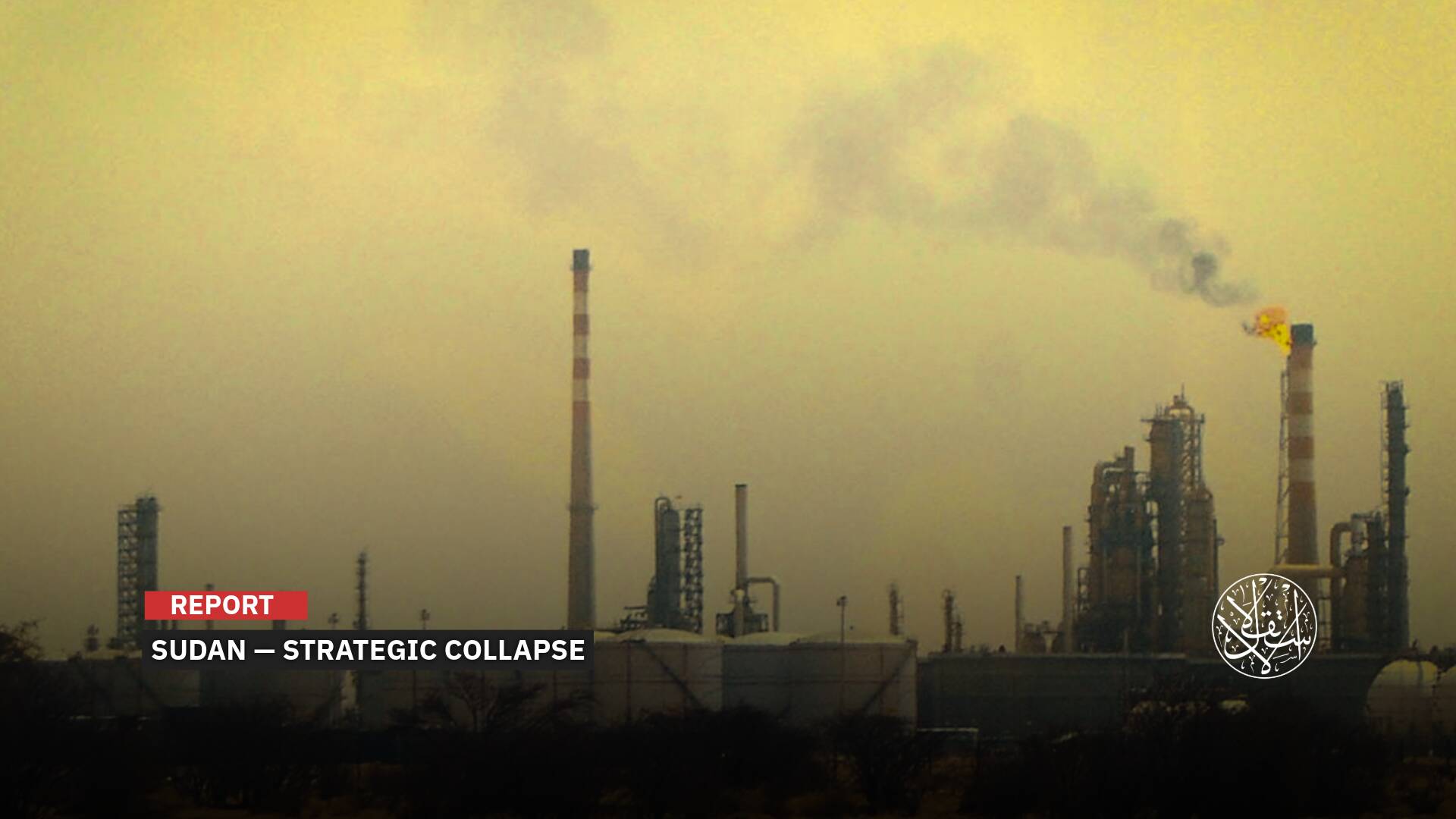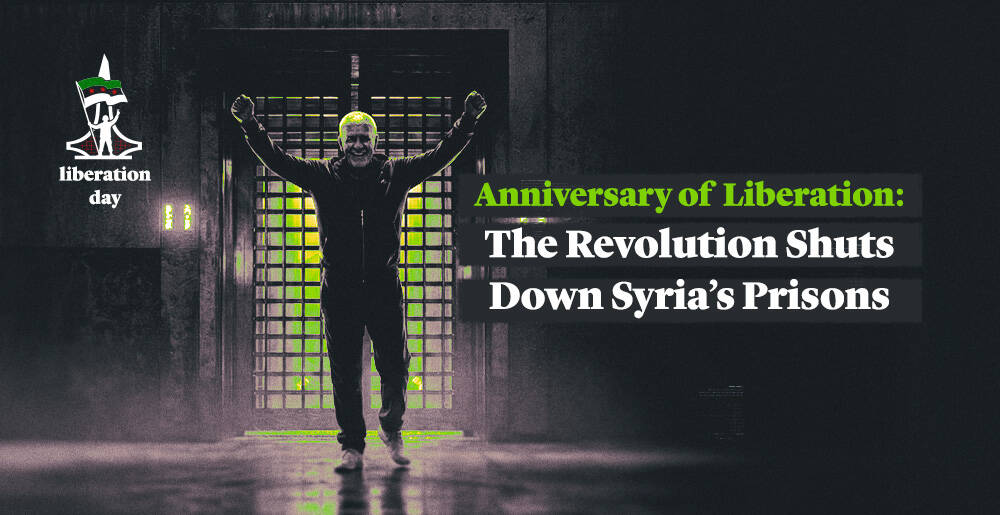This Is How Homelessness in the United States Increased in Tandem with Increased Military Spending

The U.S. homelessness crisis is exacerbated by a confluence of soaring rents, dwindling housing stock, and fraying social safety nets, leaving millions vulnerable and without shelter.
The United States is grappling with a homelessness crisis that has escalated to its highest level since 2007, with a 12% increase from the previous year.
The current situation marks a dire point in the nation's history, as housing assistance is at its nadir in a quarter-century.
The Department of Housing and Urban Development's latest figures indicate that over 650,000 individuals, approximately one in every 5,000 Americans, found themselves without a home last year.
The data further reveals a stark racial disparity, with Black Americans constituting 37% of the homeless demographic, a figure that is nearly triple their representation in the general population.
Housing Crisis
In a nation where only a handful of states have managed to reverse the trend of homelessness in the past five years, the crisis is exacerbated by a confluence of soaring rents, dwindling housing stock, and fraying social safety nets, leaving millions vulnerable and without shelter.
Contrary to the narrative some commentators advance, immigration has not been the primary driver of this increase.
A comprehensive survey by researchers at the University of California, San Francisco, points to the crux of the issue: housing affordability.
In California, a state that epitomizes this crisis, the majority of those without homes are not newcomers but residents who have been dislodged from their local communities, with a staggering 90% having lost housing in their own regions.
The housing crisis in America has reached unprecedented levels, according to Shaun Donovan, former HUD secretary, who remarked on the severity of housing availability issues, which have now spread beyond the perennial hotspots of New York and San Francisco to affect even the most rural and traditionally stable areas of the country.
The pandemic's onset has only intensified the situation, with national rent prices surging by nearly 30%.
The average rent in the United States now stands at $1,982, marking a 3.3% increase from the previous year.
However, this average belies the extreme hikes in places like Providence, Rhode Island, and Hartford, Connecticut, where residents face the steepest climbs in living costs.
HUD has recognized the extraordinary challenges posed by rising rents, which have significantly contributed to the homelessness spike.
Meanwhile, the housing inventory has plummeted to a two-decade low, dropping by 14% in the last year alone, according to the National Association of Realtors' records.
The dual pressures of exorbitant rents and scarce housing have rendered shelter unattainable for a growing number of Americans.

Cost of Living
Jeff Olivet, executive director of the U.S. Interagency Council on Homelessness, underscored the dire consequences of the affordable housing shortage and the steep cost of living, which have left many precariously one crisis away from homelessness.
States like New Hampshire and New Mexico have been particularly hard hit, with their homeless counts surging by over 50% last year.
New Hampshire's housing vacancy rate has dwindled to below 1%, presenting nearly insurmountable obstacles for families seeking new homes.
In New Mexico, the disparity between rent increases and income growth has erected formidable barriers to affordable housing, particularly in Albuquerque, where a mere 20% of shelter residents transition to permanent housing annually, well below the national average.
To address this escalating crisis, cities must not only increase their housing supply but also ensure that it is accessible to those most in need.
Some states have begun to pave the way, demonstrating that with concerted effort and strategic planning, progress is possible in the fight against homelessness.
In the wake of the pandemic's fiscal support cessation four years ago, urban and statewide homelessness in America has escalated.
Entities tasked with monitoring homelessness have documented a surge in the populace living without shelter, surpassing figures from 2022, as per a report by the Wall Street Journal.
Data from the National Alliance to End Homelessness reveals that approximately 421,400 individuals in the U.S. were without homes last year, with 127,750 enduring chronic homelessness, defined as lacking a residence for a year or longer.
The homelessness rate has been on an upward trajectory, increasing by roughly 6% annually since 2017, according to the alliance.
This uptick in homelessness coincides with exorbitant housing costs and inflation affecting basic necessities such as food and transport.
The U.S. government had disbursed $817 billion in stimulus funds to its citizens, a figure estimated by The New York Times, but this financial aid concluded in March 2021.

Government Funding
Amy Quackenboss, the executive director at the American Bankruptcy Institute, expressed to CBS MoneyWatch in February that the influx of government funds has ceased. Numerous individuals have struggled to navigate through this predicament.
Certainly, the definitive count of homeless individuals for 2023 will not be precise, as the homeless population does not convene in a singular location to facilitate an effortless headcount, Wall Street Journal correspondent Shannon Najmabadi explained to CBS News.
During the pandemic, major cities were shielded from a massive wave of homelessness due to the federal government's provision of emergency rental assistance, eviction moratoriums, stimulus payments, and other aid specific to the pandemic era.
However, these safeguards have now dissipated, leaving economically vulnerable Americans to grapple with formidable housing costs, with the national median sales price reaching $441,000 and median rent hitting $2,000 per month as of May.
California has been at the forefront of the national discourse concerning the rise in homelessness. It is estimated that 171,000 Californians — constituting 30% of the entire homeless population in the U.S. — lack homes.
San Diego County's homeless population alone has climbed to 10,264, marking a 22% increase from the previous year, as reported by the Journal.
A recent study by the University of California, San Francisco, unveiled on Tuesday, indicates that steep housing prices coupled with low incomes are propelling the homelessness crisis in the Golden State.
The severity of California's homelessness issue has prompted Los Angeles Mayor Karen Bass to announce an initiative this week aimed at eradicating street homelessness in L.A. by 2026.
This plan commences with the declaration of a state of emergency, followed by the relocation of unsheltered individuals into hotels and motels.
Military Spending
While homelessness government spending is declining, in the fiscal year of 2022, the U.S. allocated approximately $876.94 billion to its military operations, marking a continued upward trajectory in defense spending that has been observed since 2016.
The surge in expenditure became particularly pronounced following the Russian invasion of Ukraine, with the U.S. extending over €40 billion in military aid to Ukraine by the end of the war's first year.
The scope of military spending in the U.S. encompasses the financial commitments of the Department of Defense, which, despite having access to over $2 trillion in budgetary resources, reports significantly lower actual expenditures.
These funds are distributed across the four branches of the U.S. military, covering a broad spectrum of costs including personnel salaries, training programs, the advancement of military technologies, and the procurement of new aircraft and armaments.
The U.S.'s defense budget is notably the largest in the world, with per capita defense spending in 2021 estimated at $2,186.
Despite the steep cost, this level of investment in military might is often viewed favorably by many Americans, who regard the United States as the preeminent global military power.
In stark contrast, the Department of Housing and Urban Development's budgetary plea stands at a modest $48.9 billion. Of this, $2.7 billion is allocated to homeless assistance grants — a notable rise from the $1.79 billion in 2010.
Moreover, a ten-year commitment of $11.3 billion is on the table to eradicate family and chronic homelessness.
A significant portion of the department's budget is designated for initiatives that extend housing and rental aid to families grappling with poverty.
Yet, the disparity in funding between defense and homelessness remains markedly pronounced.













